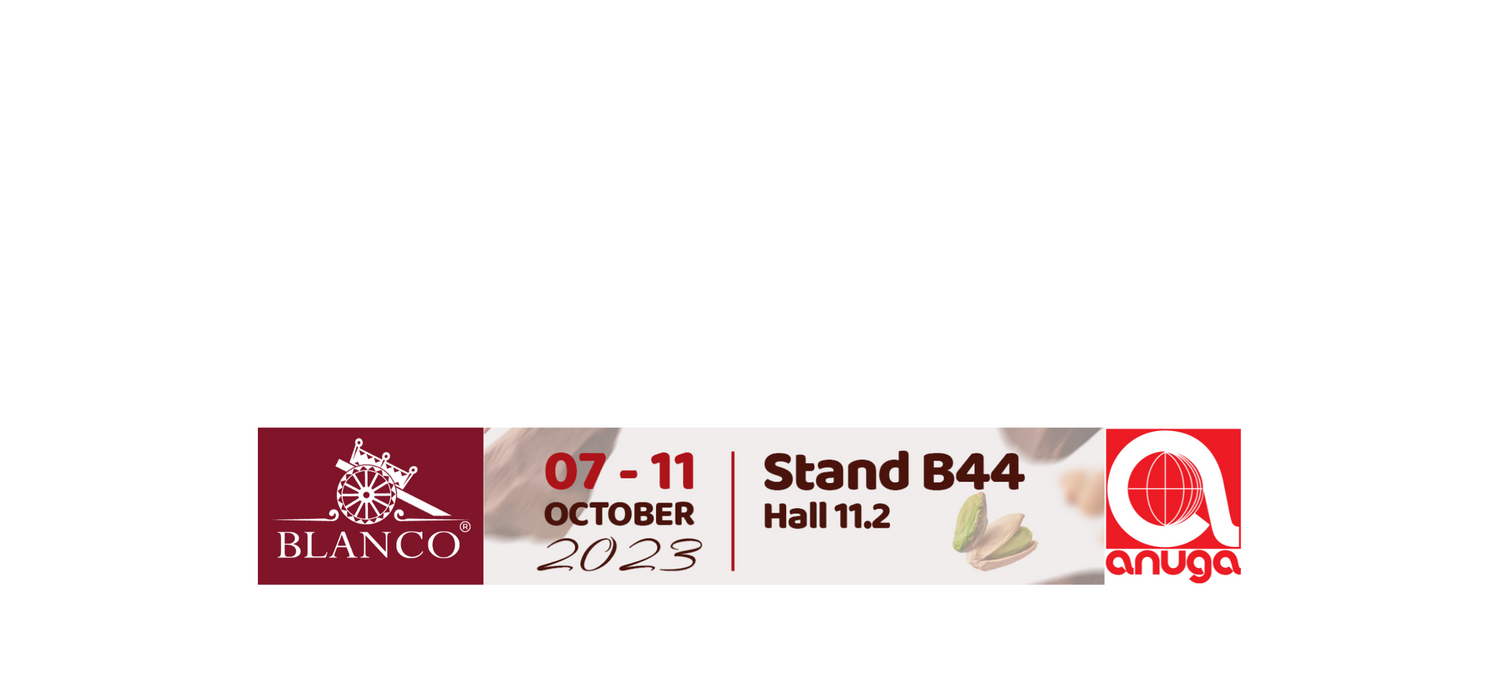Among the Easter sweets , few have the symbolic power of the unmistakable dove . Because of the shape, a symbol of peace and love but also for the soft dough inside and irresistible outside or because of the glaze of a unique sweetness.
There are various legends surrounding this dessert. One of which states that the dove was born in the Lombard period, even to the Lombard king Alboin who during the siege of Pavia (mid-6th century) was offered, as a sign of peace, a sweet bread in the shape of a dove. Another legend leads him back to the battle of Legnano (1176), it is said that a leader saw two doves alight on the insignia of the League. To convey courage to his men, before the battle, the leader had the cooks pack bread in the shape of a dove.
Regardless of its history, today the dove represents a sweet that cannot be missed in this holy feast.
LEAVENING
By habit we associate leavening with agents that can be biological, such as brewer's yeast or mother yeast. Carbon dioxide is produced from the combination of sugars and heat, it remains trapped inside the dough forming bubbles which, as happens with all gases, expand due to the ambient heat.
Our grandmothers knew very little about chemistry but thanks to experience they understood that, for example, one of the ways to encourage the leavening of homemade bread was to keep it warm all night under the covers. Carbon dioxide represents in all respects an important ingredient for this fundamental leavening process. Like all ingredients, the right dosage is essential, as well as difficult to manage as its quantity cannot be measured with the scale. Its determinants are heat and time.
The substantial difference between an industrial and an artisanal colomba lies in the production process: the manual processing of the dough makes it more elastic and allows the ingredients to blend more evenly.
The action of time, as we have noted, represents an essential feature of the production process: an excellent colomba can be prepared with a first 12-hour leavening. After the kneading of the dough a second leavening of 8 hours.

After the 'rest' after cooking, it is time to give color to the outside of our dove, in fact it is time to immerse each dove in a river of pistachio glaze.
The package is in the shape of a house, to best reflect the importance of the family, in this holy feast. Inside we find a squeezer of pistachio cream to fill the dove.
Now everything is ready to sweeten Easter with the artisanal Blanco dove.
Enjoy your meal!
Source: https://imlocalfood.altervista.org/la-colomba-pasquale/




